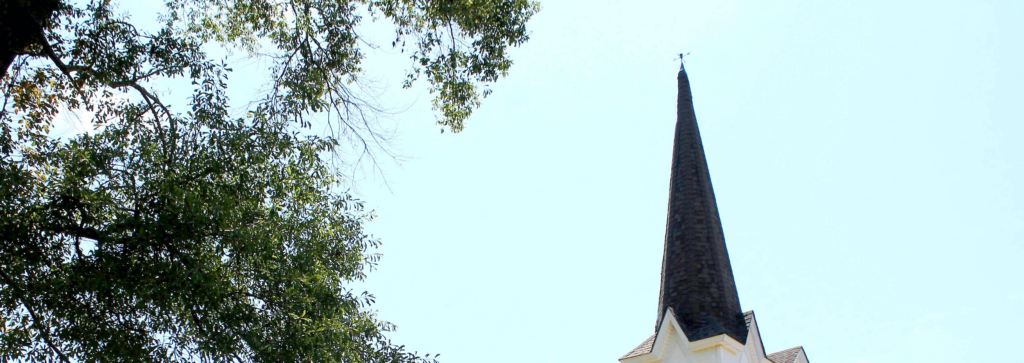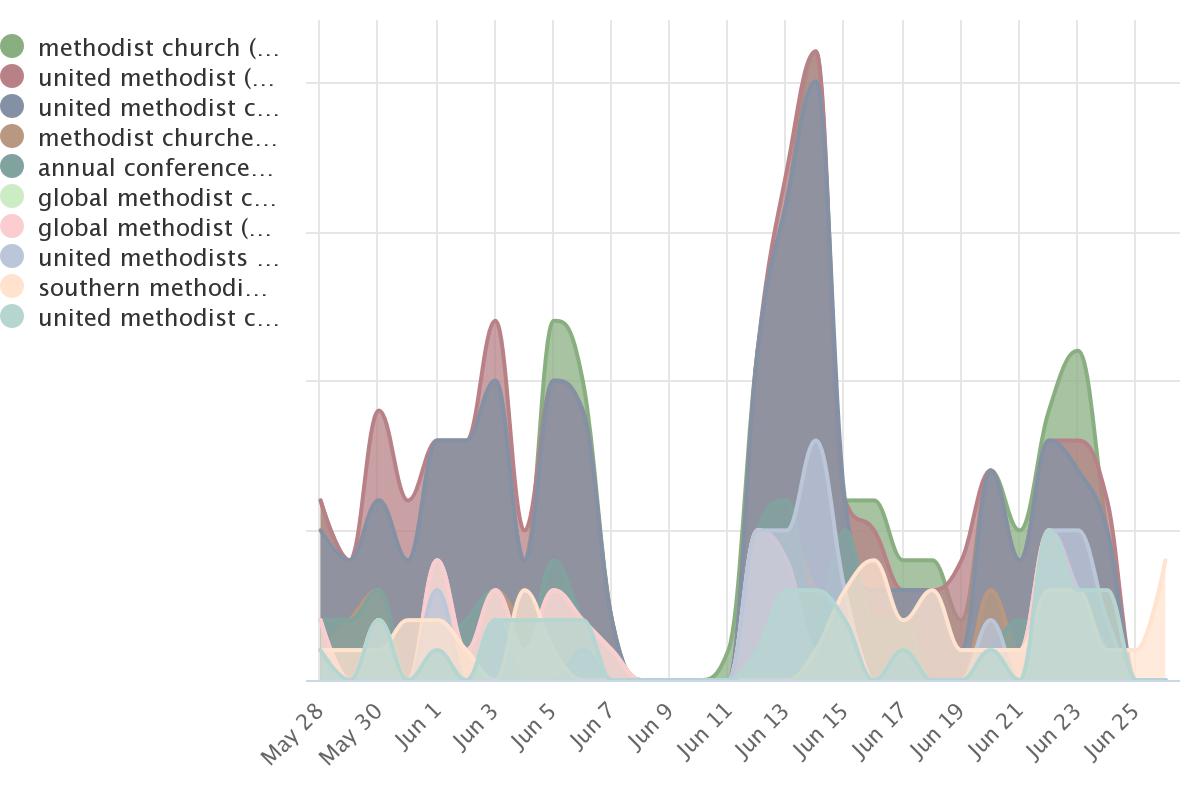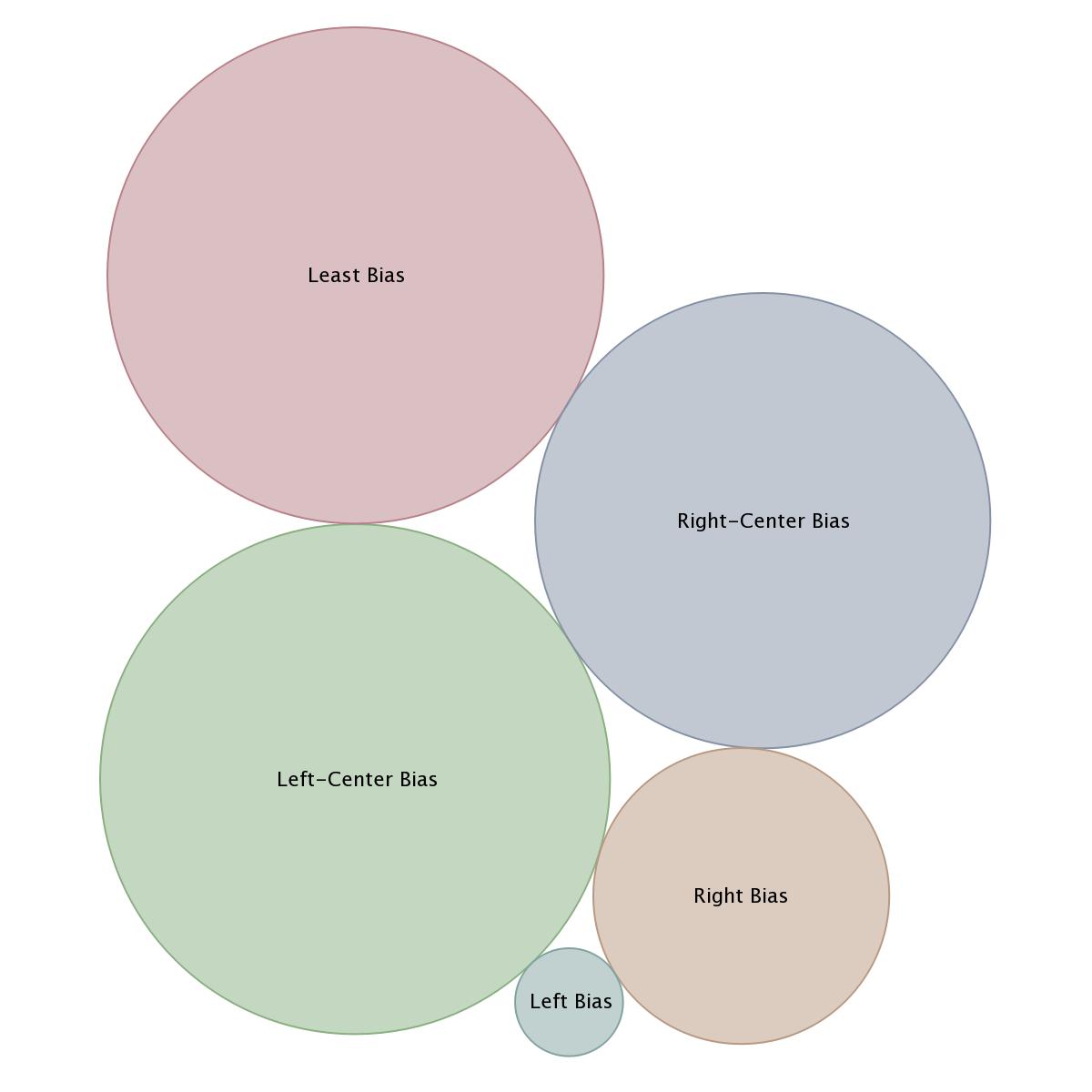
In recent developments within the United Methodist Church, tensions have escalated as 38 congregations in the West have decided to part ways due to a rift over accepting gay clergy and allowing same-sex marriages. Additionally, four other congregations have made the difficult decision to close their doors, citing dwindling congregations. This disaffiliation has sparked significant debate and has highlighted the challenges faced by religious institutions in navigating issues of LGBTQ+ acceptance, religious controversy, church disaffiliations, same-sex marriage, and the potential for a denominational split.
Our Kudzu Narrative Intelligence briefs auto-update every few hours with fresh analysis:
Conservatives within the United Methodist Church have officially launched the Global Methodist Church, emphasizing their commitment to maintaining and enforcing bans on practices such as gay ministers and same-sex weddings. The split within the denomination has been particularly bitter within the Mountain Sky Conference, where the election of the denomination's first openly gay bishop in 2016 has deepened divisions. The issue of LGBTQ+ acceptance continues to be a point of contention, fueling the disaffiliation of numerous congregations across the West.
The disaffiliation of 38 congregations within the United Methodist Church reflects the ongoing religious controversy surrounding issues of human sexuality and theological viewpoints. Local and regional pastors cite differing beliefs on human sexuality as a primary reason for the split, with conservative congregations seeking a more traditionalist approach. This controversy has prompted debates within conferences and annual meetings, highlighting the challenges faced by the denomination in reconciling divergent theological perspectives.
The United Methodist Church is experiencing significant disaffiliations as congregations opt to leave the denomination. In various states, including Iowa, Kansas, and Ohio, a notable number of churches have chosen to disaffiliate due to theological differences and disagreements over LGBTQ+ inclusion. These departures have sparked discussions about the potential for a denominational split, raising questions about the future unity and structure of the United Methodist Church.
In this Kudzu Narrative Intelligence Brief, we present a comparative analysis of the most relevant values of top surfaced keywords related to the United Methodist Church. These keywords shed light on the key themes and competing narratives surrounding the recent developments within the denomination. Here is a breakdown of the most prominent keywords and their significance:
These surfaced keywords reveal the diversity of narratives and perspectives surrounding the United Methodist Church, with a strong focus on LGBTQ+ acceptance, church disaffiliations, organizational events, and emerging alternative denominations. Understanding these keywords helps to grasp the key themes and competing narratives within the ongoing discourse surrounding the denomination.

In our Kudzu Narrative Intelligence Brief, we present insights on the bias in U.S. media coverage across different political leanings, utilizing our Narrative Intelligence and Narrative AI. Here is a comparative analysis of the numerical differences in media coverage:
The numerical differences highlight the variations in media coverage across political leanings, with left-leaning sources dominating the coverage. While left-center and least biased sources hold the majority, right-center, right, and left bias sources demonstrate relatively lesser prominence. This analysis provides valuable insights into the distribution and representation of bias in U.S. media coverage.

Note: Kudzu Narrative Intelligence briefs update every few hours. Very likely, the Narrative Analysis data visualization depicted in the graphic above will have changed as well.
Image Credit for Article Header: Photo by Christian Grandfather Magazine on Unsplash